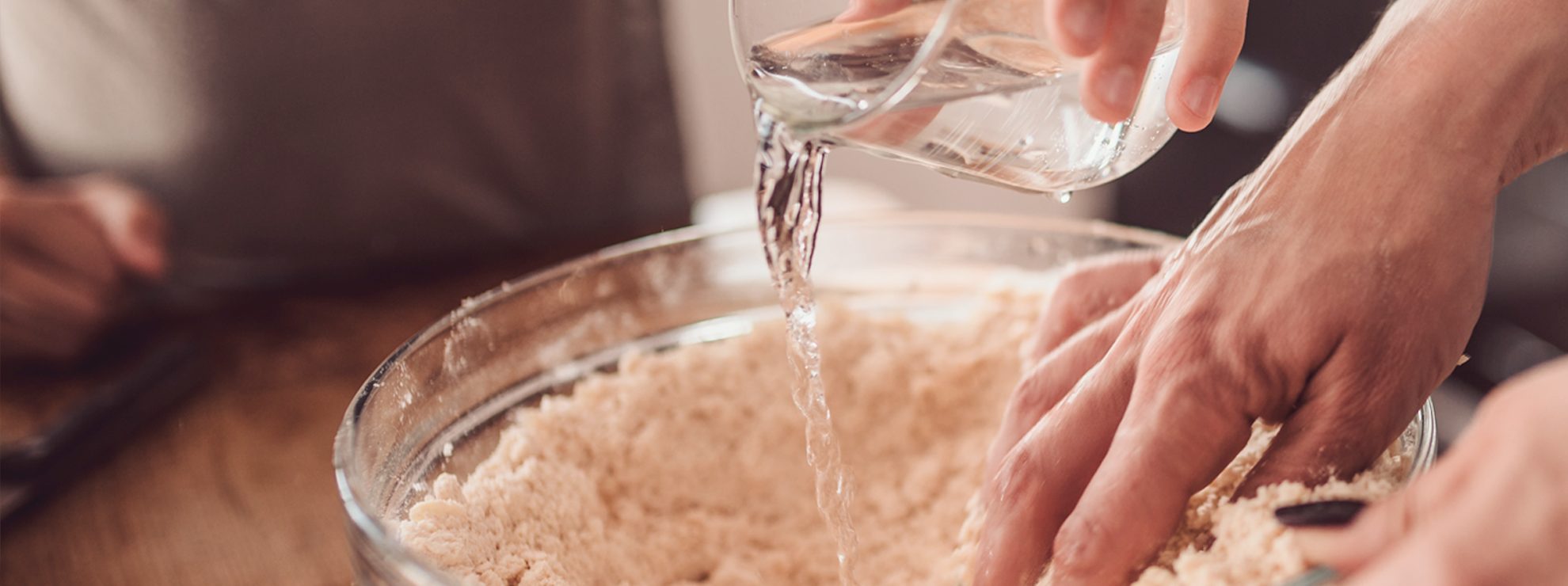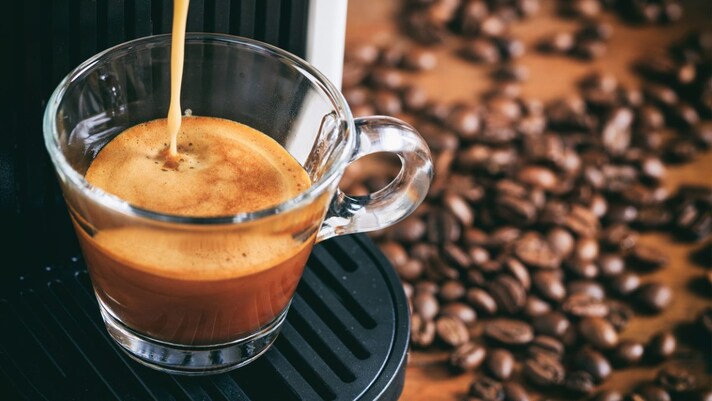How to Make Barista-Style Coffee at Home: the 10 Secrets for the Perfect Brew
To brew barista-style coffee at home: use high-quality, freshly roasted beans; grind just before brewing; use filtered water; find the right coffee-to-water ratio; control brewing temperature; master your brewing method; clean equipment regularly; practice milk frothing; and experiment to refine your technique.

In the world of daily routines and little rituals, coffee holds a special place in the hearts of many. It’s not just about the caffeine kick; it's the warmth of the cup in your hands, the rich aroma filling the air, and the first sip that seems to make the whole world pause for a moment. When we step into a coffee shop, we’re not just buying a drink; we’re buying an experience, meticulously crafted by baristas who have turned coffee brewing into an art form. The good news? This art form can be replicated at home. With the right approach, tools, and a bit of patience, you can transform your kitchen into your private café. Here are ten tips to help you brew barista-quality coffee without stepping outside your door.
1. Select High-Quality Beans

The quest for the perfect cup of coffee begins with the beans. Opt for specialty-grade, freshly roasted beans from a local roaster or a reputable online supplier. These beans are typically roasted in small batches and sourced from specific regions, offering unique flavor profiles. Store your beans in an airtight container away from direct sunlight and heat to preserve their freshness and flavor nuances.
2. Precision in Grinding

Grinding your beans immediately before brewing is crucial for capturing the fullest flavor. The grind size should be tailored to your brewing method: fine for espresso, medium for drip coffee, and coarse for French press. Investing in a quality burr grinder will allow for consistent grind size and, consequently, more balanced extraction.
3. Water Quality is Key

The water you use can significantly impact the taste of your coffee. Hard water or water with high chlorine content can impart off-flavors. Using filtered or bottled water can enhance the purity of the flavors, allowing the coffee’s own characteristics to shine through.
4. Optimal Coffee-to-Water Ratio

Finding the right balance between coffee and water is essential for the perfect brew. A general starting point is 1 gram of coffee to 15-18 grams of water (about 1:15-1:18 ratio). However, this can vary based on personal preference and the specific beans used. Experimentation is key; adjust the ratio until you find your ideal strength and flavor.
5. Control Brewing Temperature

Temperature plays a crucial role in extraction. Water that’s too hot can over-extract, leading to bitterness, while water that’s too cool can under-extract, resulting in a weak, sour taste. Aim for a brewing temperature between 195°F and 205°F for optimal extraction. Using a thermometer or an electric kettle with temperature control can help achieve this precision.
6. Master Your Preferred Brewing Method

Each brewing method, from pour-over to espresso, has its own set of variables and techniques. Take the time to learn the intricacies of your chosen method. This might mean perfecting your pour-over technique to ensure even saturation or mastering the tamping pressure for espresso. The goal is to ensure even extraction for a well-balanced cup.
7. Mind the Brewing Time

The contact time between water and coffee should be carefully controlled. For espresso, the extraction time is typically 20-30 seconds, while pour-over methods might take 2-4 minutes. Play around with the brewing time to find the perfect extraction point, keeping in mind that longer isn’t always better.
8. Maintain Equipment Cleanliness

Residual oils and grounds from previous brews can impart unwanted flavors to your coffee. Regularly clean your coffee maker, grinder, and any accessories used in the brewing process. This not only ensures the best possible taste but also extends the life of your equipment.
9. Practice Milk Frothing Techniques

For those who love milk-based coffee drinks, achieving silky, microfoamed milk is key. Use cold, fresh milk and steam it until it’s smooth and velvety, avoiding large bubbles. The ideal temperature for frothed milk is around 150°F to 155°F. Pour the milk into your espresso with a steady hand to create your desired latte art.
10. Experiment and Document Your Journey

The path to the perfect home-brewed coffee is a journey of experimentation. Play with different beans, ratios, and brewing methods. Keep a coffee journal to note down what works and what doesn’t, including the types of beans, grind sizes, water temperatures, and brewing times. This practice will help you refine your technique and develop a deeper understanding of your coffee preferences.
;Resize,width=767;)



